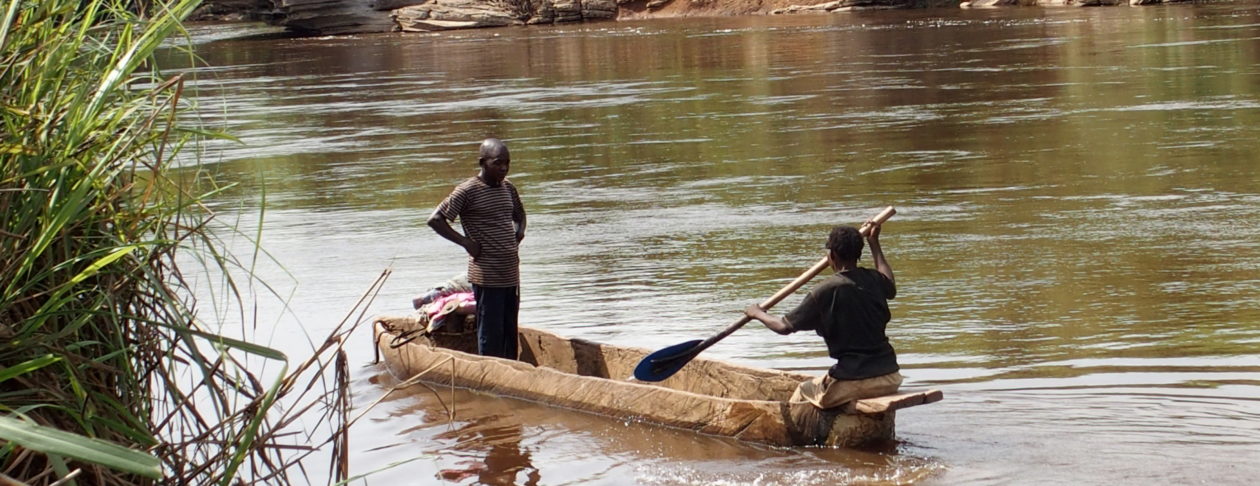Another day, another dire warning about global warming.
The press and its taskmasters could essentially Xerox a copy of what they printed for the public in the Washington Post in 1922, or a UN report in 1989, or a UN report in 2019 for this report here:
U.N. climate report likely to deliver stark warnings on global warming
As always, journalists just print and repeat these never-ending reports to scare the public into submission with no questions asked.
For decades, journalists, educators, scientists, bureaucrats, and other Democrats have colluded to spread these dire warnings, (misinformation) without scientific evidence, to scare and control the public.
We are repeatedly have been told that we only have a few years left to solve the problem.
The end date always evolves. No matter how wrong these dire predictions are they just repeat them and say the science is settled to cut off debate. Why are people who are always so wrong considered experts?
Many CEOs, Republicans, and others repeat the same claims without evidence because it is so much more pleasant to go along instead of being called anti-science, or worse still, “deniers.”
In D.C., and throughout the country, politicians are using these dire forecasts to pass policies to destroy thousands of industries and millions of jobs.
Joe Biden and his administration have been in office for seven months and are working as fast as they can to remake and destroy America.
He has signed executive orders to stop a pipeline, stop drilling and force people to buy vehicles powered by the poisonous, very combustible pollutant Lithium. These anti-oil policies greatly harm the poor, middle class, and small businesses with higher prices.
The Biden administration has rejoined the Paris climate accord where politicians and bureaucrats from around the world pretend they can control temperatures, sea levels, and storm activity if thousands of industries are destroyed and we hand them trillions of our hard-earned dollars.
Does anyone really believe that Iran, Russia, and other major oil-producing countries will give up oil? Isn’t it important that Biden let a pipeline proceed from Russia to Germany while stopping the pipeline from Canada to the United States?
Does anyone believe that China cares about its carbon footprint as it continues to build a large number of coal power plants? Here’s what’s going on in China:
Despite Pledges to Cut Emissions, China Goes on a Coal Spree
As the Biden administration works so hard to destroy industries, I have not seen one journalist as Biden, Harris, Kerry, Psaki, or anyone else in the administration who has been asked for evidence to support the claimed science that can justify what Biden is doing.
In a free society with independent journalists, we should see the reporters asking questions and doing research to see if what they are told is correct before they repeat talking points to the public.
Sadly, in the United States, we have seen, for decades, almost all journalists have essentially become campaign workers to elect Democrats and lobbyists to sell the radical leftist policies to the public.
Media outlets, especially the social media giants, work very hard to stifle debate and silence anyone who disagrees by repeating the talking points that we are anti-science and climate change deniers who should not be listened to.
It is an outright lie to call people who tell the truth that the climate has always changed cyclically and natural climate-change deniers. I have never seen anyone deny that the climate changes.
…
…
